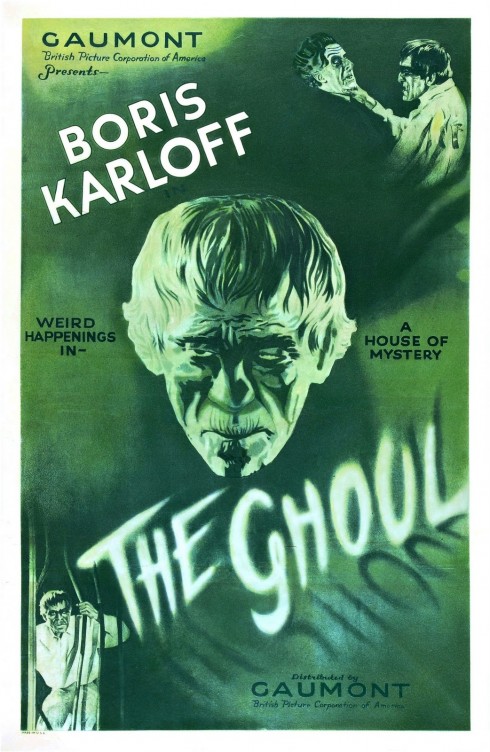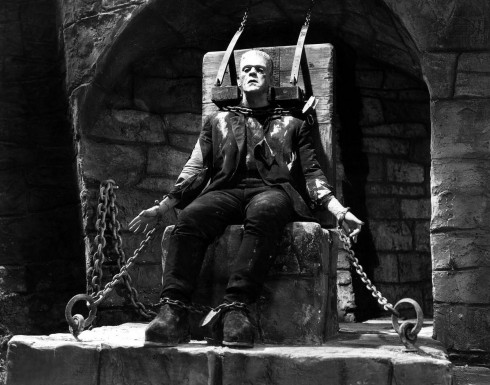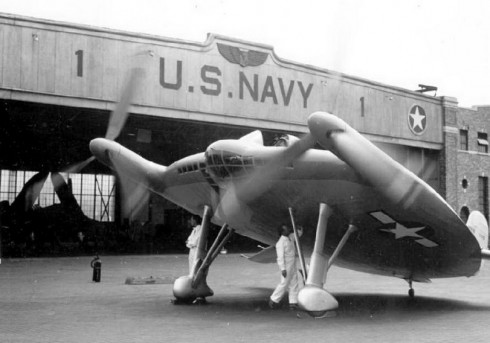Ghoulish Behaviour
 I know I’ve touched on this topic before, but, please allow me to remind you of my concern that that we’re placing many of our eggs in one electronic basket, wrapped together tightly with fiber optic cable. I understand that we haven’t digitized all of our cultural output in its entirety, but we’re getting close.
I know I’ve touched on this topic before, but, please allow me to remind you of my concern that that we’re placing many of our eggs in one electronic basket, wrapped together tightly with fiber optic cable. I understand that we haven’t digitized all of our cultural output in its entirety, but we’re getting close.
My anxiety is for the delicacy of the medium – one misstep, and suddenly we’re back in 1933.
1933?
The Ghoul is a 1933 British Horror film […] was released in the US in January 1934 and reissued in 1938.
The movie is a historical landmark, as it was the first British horror “talkie“. It’s not a bad bit of film, although it has some comedic moments that seem strangely out of place.
What’s truly odd, however, is that I’ve seen it at all.
Subsequently it disappeared and was considered to be a lost film over the next 31 years.
Consider that The Ghoul was made after both Frankenstein and The Mummy – that Karloff was already famous, and was brought onto the project specifically for his notoriety. It may not stand against the quality of some of his other work, but, to my mind, this is as if we were to suddenly misplace every known copy of X-Men Origins: Wolverine.
In 1969, collector William K. Everson located a murky, virtually inaudible subtitled copy, Běs, behind the iron curtain in then-communist Czechoslovakia. Though missing eight minutes of footage including two violent murder scenes, it was thought to be the only copy left. Everson had a 16mm copy made and for years he showed it exclusively at film societies in England and the United States, memorably at The New School in New York City in 1975 on a Halloween triple bill of Lon Chaney in The Monster, Bela Lugosi in The Gorilla and Boris Karloff in The Ghoul. Subsequently, The Museum of Modern Art and Janus Film made an archival negative of that scruffy Prague print and it went into very limited commercial distribution.
Don’t get me wrong, I love volatile technologies – instability is often the sign of a burgeoning field of knowledge. My worry is only to ensure that not all of our cultural backup systems require a USB port.
There’s something to be said for redundancy.
Inadvertently in the early 1980s, a disused and forgotten film vault at Shepperton Studios, its door blocked by stacked lumber, was cleared and yielded [The Ghoul’s] dormant nitrate camera negative in perfect condition.

